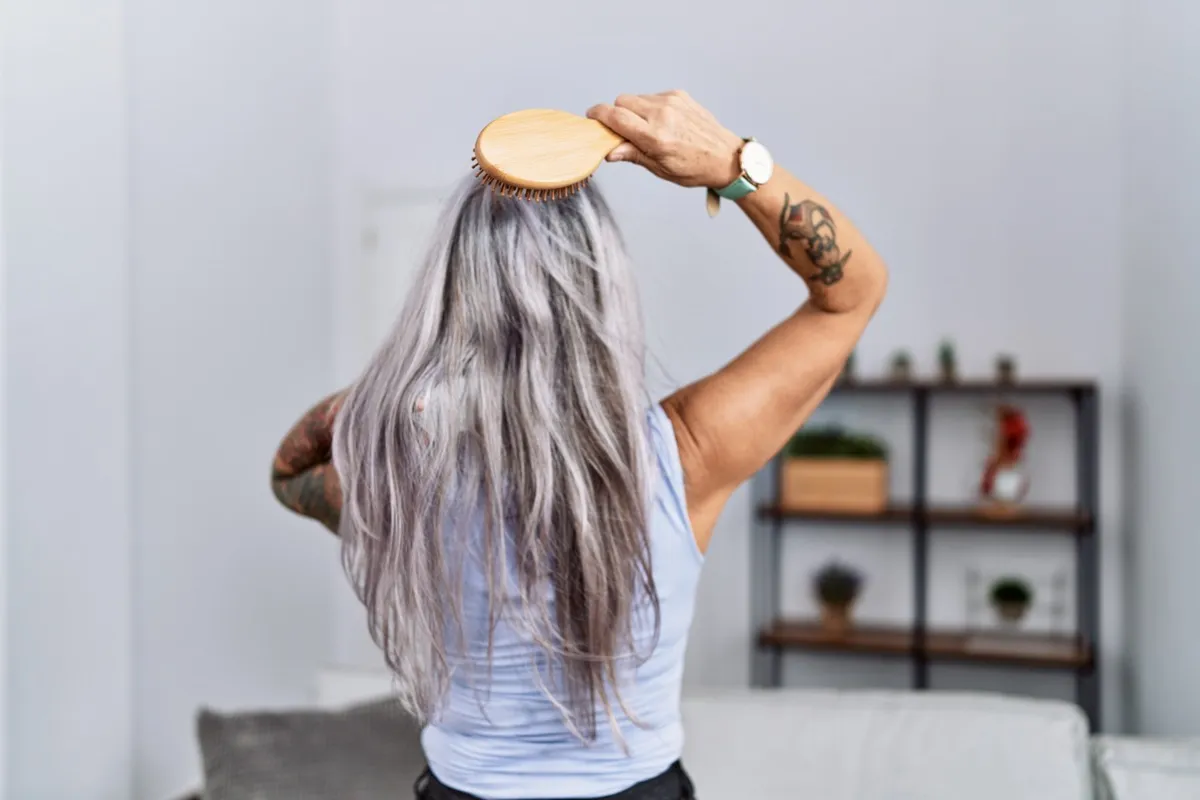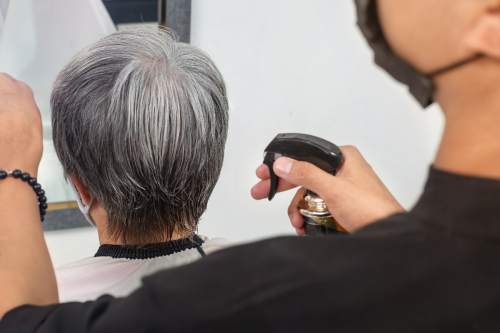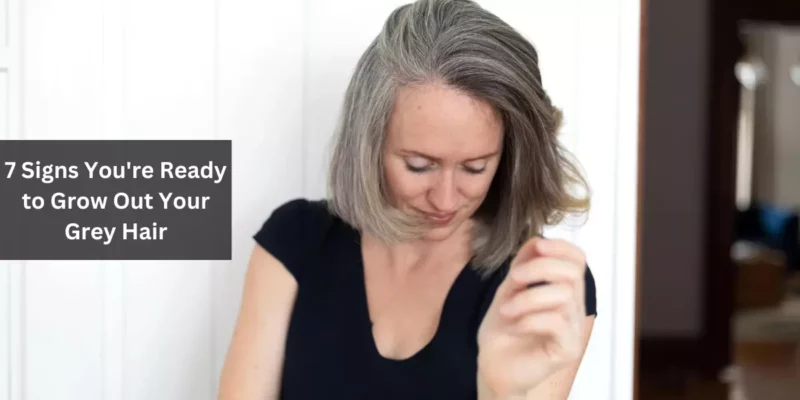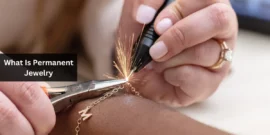Transitioning to grey hair represents a significant change in your appearance. While vibrant hair colours or bold cuts can be striking, the shift to silver strands signifies a new stage in life. This decision involves emotions and a sense of empowerment, coupled with considerable planning and upkeep. Therefore, it’s normal to contemplate this change before taking the plunge. Yet, dwelling on it indefinitely isn’t advisable. Below, hairstylists outline essential indicators signalling your readiness to embrace your natural grey hair.
Table of Contents
7 Signs You’re Ready to Grow Out Your Grey Hair
1. Your Excitement About Grey Hair

The initial step in preparing for the transition to grey hair is mental readiness.
“Being emotionally prepared to embrace grey hair happens when you no longer view it negatively as a sign of aging,” says Jessica Shults, owner and stylist at Twisted Salons. “Once you start seeing grey hair as an elegant expression of your current self, it indicates you’re prepared for the transition.”
This shift in mindset might involve experimenting with growing out your roots or discussing options with your stylist to blend your color into a natural grey hue.
2. Fatigue from Color Touch-Ups

The maintenance required for dyed hair goes beyond the initial salon visit.
“From retaining color vibrancy to scheduling frequent touch-ups to tackle root growth, maintaining colored hair can become a significant time and financial commitment,” notes Nikki Corzine, owner of The Canyon Salon.
Over time, this routine can feel more obligatory than a self-care ritual. When that feeling sets in, it might be a sign to stop coloring and embrace the natural greys.
3. Observing Grey Growth

While it may seem obvious, having adequate grey hair growth is necessary for a full transition.
“Many individuals believe they’re entirely grey as they spot grey hair at the hairline, where it grows fastest and is most apparent,” explains Laura Courtie, hairstylist and owner of Laura Courtie Hair. “The back, however, tends to grey last, so when the roots at the back turn grey, it’s a sign it’s time.”
If you’ve been coloring your hair, the growing roots might become more noticeable. “You might observe a line where the coloring stopped in larger sections,” adds Gökhan Vayni, hair specialist at Vera Clinic. “If all roots are coming through as grey, it’s a signal of full greyness.” This marks the beginning of an exciting phase.
4. Acceptance of Your Grey Shade

Once you confirm your hair is fully grey, understanding its particular hue becomes essential. Just like natural hair colors, natural greys vary for everyone.
“I educate clients that their grey hair is a blend of black and white, like salt and pepper,” Shults shares. “More ‘salt’ makes the overall grey look lighter, while more ‘pepper’ results in darker tones. If your mix achieves the desired grey shade, you’re good to go. Otherwise, adjustments can be made to reach your ideal hue.”
Your stylist can assist in finding toning or coloring solutions to achieve your preferred shade.
5. Planning with Your Stylist

Growing your hair, even by a few inches, requires patience. Transitioning to a full head of grey hair may take longer than anticipated.
Vayni recommends allowing at least two inches of grey growth before discussing options with your stylist. “Once you’ve grown some length, consulting with your hairstylist will help determine the smoothest transition plan.”
Options may include trimming your hair to eliminate dyed ends, incorporating ashy highlights to blend your natural greys over time, or matching your hair color to the incoming grey roots. During discussions, ensure to convey your planned maintenance routine and desired timeline.
6. Adapting Your Haircare Routine

Updating your haircare routine is a crucial step towards transitioning to grey hair.
“Grey hair has a distinct texture due to reduced melanin and lesser sebum production,” explains Vayni. “This often leads to coarser, drier, and wirier hair.”
Using appropriate products can help. Experts recommend a weekly hydrating hair mask and using sulfate-free, moisturizing shampoo and conditioner during each wash.
Grey hair is more susceptible to pollution and heat damage, potentially altering its color. To maintain its brilliance, use a purple shampoo or toner occasionally. The violet tones neutralize any yellowish tints, making your hair gleam like silver.
7. Seeking Change

“Opting for the transition to grey isn’t just a fashion choice; it’s deeply personal,” emphasizes Susie Geda, co-owner of Bibo Salon. “It’s more than a mere hair color change; it represents wisdom, life experiences, and a genuine sense of self. If you’re looking for a fresh start, embracing your greys could be a powerful change.”
Krysta Biancone, co-founder of Amari Salon & Spa and hairstylist at Hair by Krysta, mentions that many individuals feel more self-assured once they accept and celebrate their grey hair.






